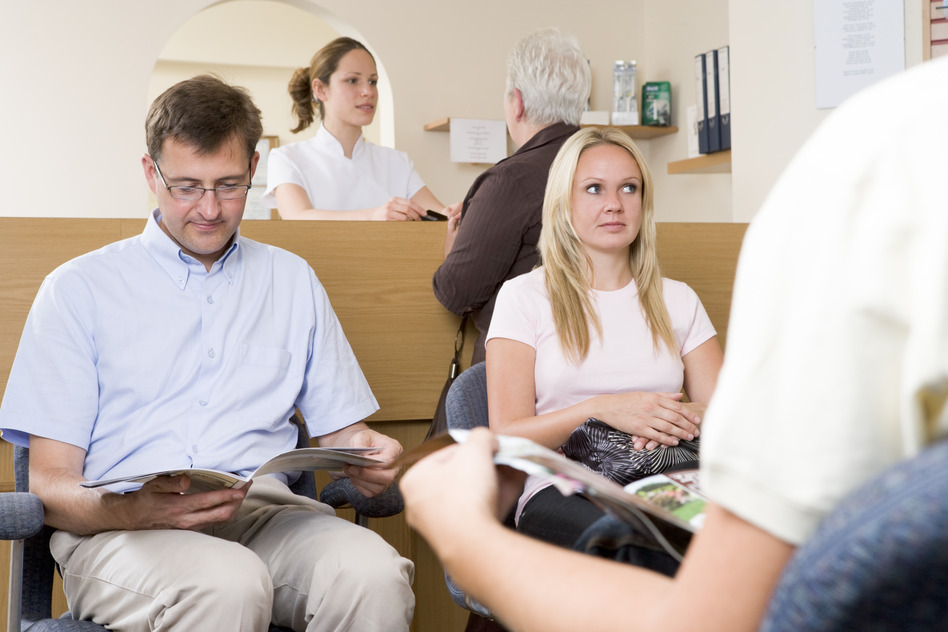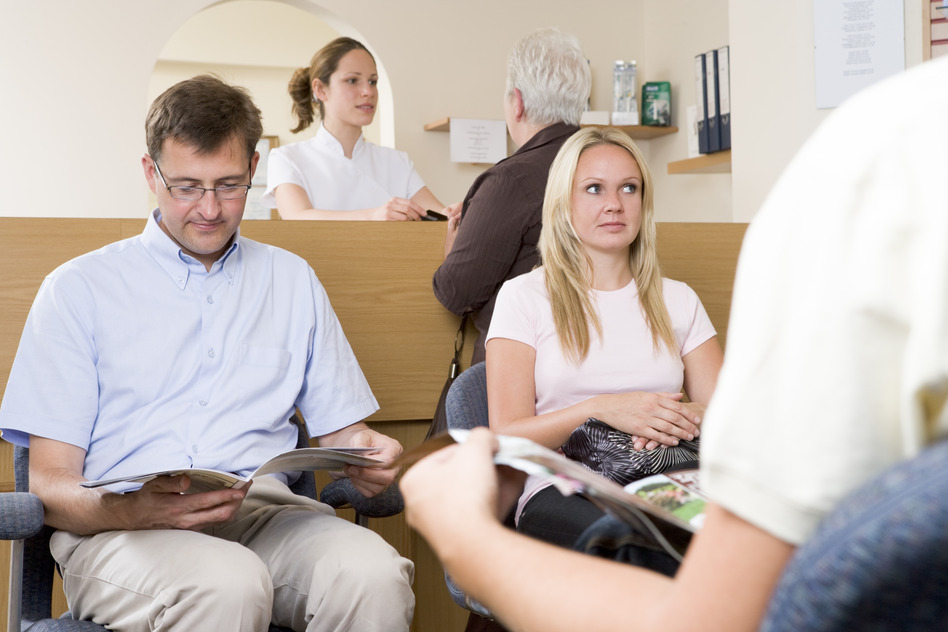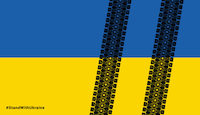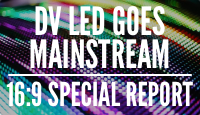
7 Big Benefits Of Digital Signage In Healthcare
April 27, 2016 by guest author, Cornelia Henkel

Guest Post: Till Carlos, OnSignTV
The quality and flow of information in a hospital setting is important for patients and the people working in those busy environments. Let’s look at some of the key benefits digital signage brings to manage patient and hospital communications.
1. Employee coordination and communication
In a world where time often speeds up and changes frequently occur spontaneously, keeping the internal structure in check becomes quite a challenge.
Event schedules, meetings, conferences, schedule changes or other updates of the similar kind you’d ordinarily call, email or message for, can be easily shared using your digital signage network. Shorter data may be easier to circulate around your establishment, but elaborate emails or detailed explanations often go unread in time.
Having the entire system at your fingertips allows you to check the data being circulated through it and reduces chances of any errors. Not to mention it simply provides you with a clearer view of the situation within your establishment.
2. Promoting hospital services
With a display network at the hands of every patient, visitor or medical attendant, it is a lot easier to inform them about the services offered in your organization, in particular when you can match the message to the location.
Although this is a clear feature of marketing, it helps to inform specifically about your services which would most likely be of use to your patients: inform about benefits and risks through mammography at the gynecology department, while focusing on prostate check-ups at the urologist.
Marketing, advertising and public relations endeavours on the other hand, can also be promoted by either targeting a specific audience group or carrying a general tone. Community and charity announcements or fundraising efforts for a specific cause can all be placed here.
3. Cost benefits: monetary and temporal
Saving time and money is probably the most powerful way digital signage is changing healthcare. Time is a bit more important than money, so we’ll start with that.
The amount of daily walking in a hospital is already high, as it is. If you eliminate the need to walk when carrying certain information, or the need to print out information on a piece of paper which is then stuck to a board someone may or may not notice, you will save quite a bit of time.
By relying on your network to carry information to the right location instantly, you save time and thus expenses. We already pointed out the printing being cut off as a cost, but the real profit lies in the small time savings.
Although not apparent at first, cutting off seconds to minutes of each day boosts productivity and efficiency ratings. Plus, it provides a sense of ease, and allows your internal structure to flow faster and easier: a motivational factor by itself.
Collaborate and advertise for third-party vendors. This one depends on the charters of healthcare where you are. Naturally, being a healthcare establishment, it’s most beneficial and effective to advertise in the area of medical and healthcare services. Other industries can also be an option, all depending on your preference and the situation you’re in. Either way, it’s always a good option to consider.
4. Safety, rules and compliance data
In times of need, digital signage can act as an emergency alert system. Instructing people to get out of harm’s way can alleviate their panic and greatly influence hospital morale.
You can also inform your employees about certain safety procedures and events which should not be affected by their presence. This goes a long way when combined with a display of schedules informing which areas are currently unavailable. This is a convenient application for a digital signage network in any establishment which uses a large number of rooms for its activities: colleges, universities, hospitals, schools, conference rooms, etc.
5. Improved staff training
Displays in break rooms or similar areas where staff members spend a lot of time can be used to provide updates on work policies, new treatments and safety procedures. They can also, with some systems, push that content out to smartphones or similar technology, if your environment supports it.
Touchscreen kiosks and displays are a great option for staff training. By linking the displayed data to a specific database, you can test the accuracy and the advances of your staff easily.
6. Waiting areas
Time moves very slowly when patients, family and friends have to wait in reception areas. It can take hours to get attention and resolution, and screens in waiting areas are a powerful tool to explain hospital services and amenities – even just helping locate a coffee shop in what can be a labyrinth of hallways and connected buildings.
Let’s begin with the important/official data.
You can display the current admissions management data to notify your clients on an estimated waiting time and give them a clearer perspective on the current state of service.
Entertainment is the primary weapon against boredom. Many ordinations and healthcare establishments you visit will have some form of entertainment on their displays. Personally, I genuinely believe some TV channels were made for displaying completely irrelevant shows and events you’ll only care about for while you wait.
Community information, such as events or achievements of your organization, are also a great option to occasionally share with your audience. You can point out the awards and achievements of your staff members as well, which can influence both sides. The patients will be more interested and appreciate the staff, and the staff will be properly motivated and awarded for their work.
Share stories of your patients’ recoveries to give support to other individuals who are finding themselves in a similar struggle. Although positive thinking and support are not as powerful as a skilled physician, they still aid in the recovery process; show your support for your patients.
Social media can also become one of the components of your digital signage network. Although more present in other more entertaining industries, social media can find a good use in healthcare. You can probably already envision if this is the case with your establishment. It can provide great marketing opportunities and engage your audience, not to mention the flow of automated content.
Public tips and advice are also a really interesting idea. Compiling an elaborate list of advice and setting it up for a frequent rotation is another good option. Health is one of those things that we all cherish and are interested in if there’s a spark in our mind. Don’t elaborate everything to your audience in detail, it can be rather boring.
Try to provide short bursts of interesting information to stimulate a genuine interest for healthcare.
You can picture it already: If many people don’t fully understand how vaccinations work, warn about not receiving vaccinations when the patient in question is not at his or her best health. Overprotection and isolation of newborn children from outside environment can in fact damage their immune capabilities. Add images and animation to that info and you have a lovely wrapped injection of knowledge for your clients.
7. Wayfinding: the road to health
Any place where a visitor has to navigate through unknown corridors is in need of wayfinding methods. In healthcare, it’s a maze which is constantly changing shape as it’s a very dynamic work environment.
Healthcare environments, without a doubt, can make most use of wayfinding methods. Knowing where to go is a great advantage and, all joking aside, despite the rarity of the situation, it can even increase the chances of survival by cutting down time required to navigate and find an available area for emergencies. Wayfinding combined with employee coordination can ensure the shortest time for admission.
Summing Up
- Staff training, employee coordination and the flow of information is faster and more accurate with a digital signage network in your establishment.
- Waiting periods are easier to handle for patients and visitors, as digital signage provides a tool to combat boredom with increased efficiency.
- Digital signage allows you to educate your patients and visitors about safety measures, treatments and other offers you may have. You can also use it for marketing or third-party advertising.
- Cost benefits regarding time and money of digital signage are clear in every industry, healthcare included.
- You can use your displays as a wayfinding tool to increase efficiency, and also as an alert tool to handle emergency situations.




Leave a comment